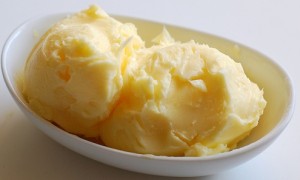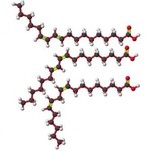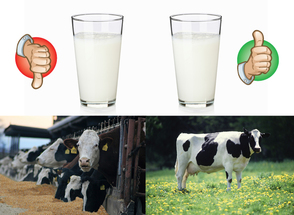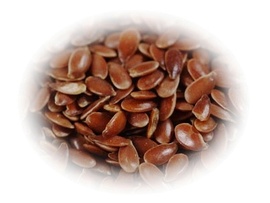Butter is powerful, life giving, healthy, pure, sacred and created by the nature to nurture the body. Most cultures around the world consider butter as an intimate part of healthy diet. It takes 20 pounds of fresh cow’s whole milk to make one pound of butter. An important thing is that it is a high energy food that can be obtained without killing an animal. The fat content of butter ranges from 75% to 80%, and the rest is water and milk solids. This means that butter isn’t pure fat; rather, it is an emulsion.
Interestingly, butter melts just below body temperature and gives luscious mouthfeel with unique irreplacable taste. Butterfat is inherently tasty. It imparts creamy taste to foods. Imagine butter spread on bread, vegetables, potatoes, pancakes and other foods? mouth starts watering. Butter fat is also a good carrier of flavors.
Good natural butter (Grass fed) supplies vitamins, minerals, healthy fats, boosts our immune system, protect us from diseases, support bones, organs, brain and even help maintain healthy weight. Animal fats, like butter, are very satisfying, reduces appatite and make us less likely to overeat or snack between meals. In fact diets low in fat leave us hungry, depressed, and prone to illness. Natural fat and proteins are satisfying, while starches and sugar leads to cravings and weight gain.
About 30-40 years ago butter was reported to be unhealthy. We now know that butter’s negative reputation was undeserved. In fact butter substitues and man made trans fats are the true culprit that pose threat to out health. All man-made trans fats are bad. These are created when liquid fat is made solid by hydrogenation. Our bodies cannot process these fats. However, there is a natural trans fat found in the fat and meat of ruminants called CLA (conjugated linoleic acid). This fat is beneficial in protecting us against cancer, heart disease, and weight gain.
Good natural butter (Grass fed) supplies vitamins, minerals, healthy fats, boosts our immune system, protect us from diseases, support bones, organs, brain and even help maintain healthy weight. Animal fats, like butter, are very satisfying, reduces appatite and make us less likely to overeat or snack between meals. In fact diets low in fat leave us hungry, depressed, and prone to illness. Natural fat and proteins are satisfying, while starches and sugar leads to cravings and weight gain.
About 30-40 years ago butter was reported to be unhealthy. We now know that butter’s negative reputation was undeserved. In fact butter substitues and man made trans fats are the true culprit that pose threat to out health. All man-made trans fats are bad. These are created when liquid fat is made solid by hydrogenation. Our bodies cannot process these fats. However, there is a natural trans fat found in the fat and meat of ruminants called CLA (conjugated linoleic acid). This fat is beneficial in protecting us against cancer, heart disease, and weight gain.





 RSS Feed
RSS Feed